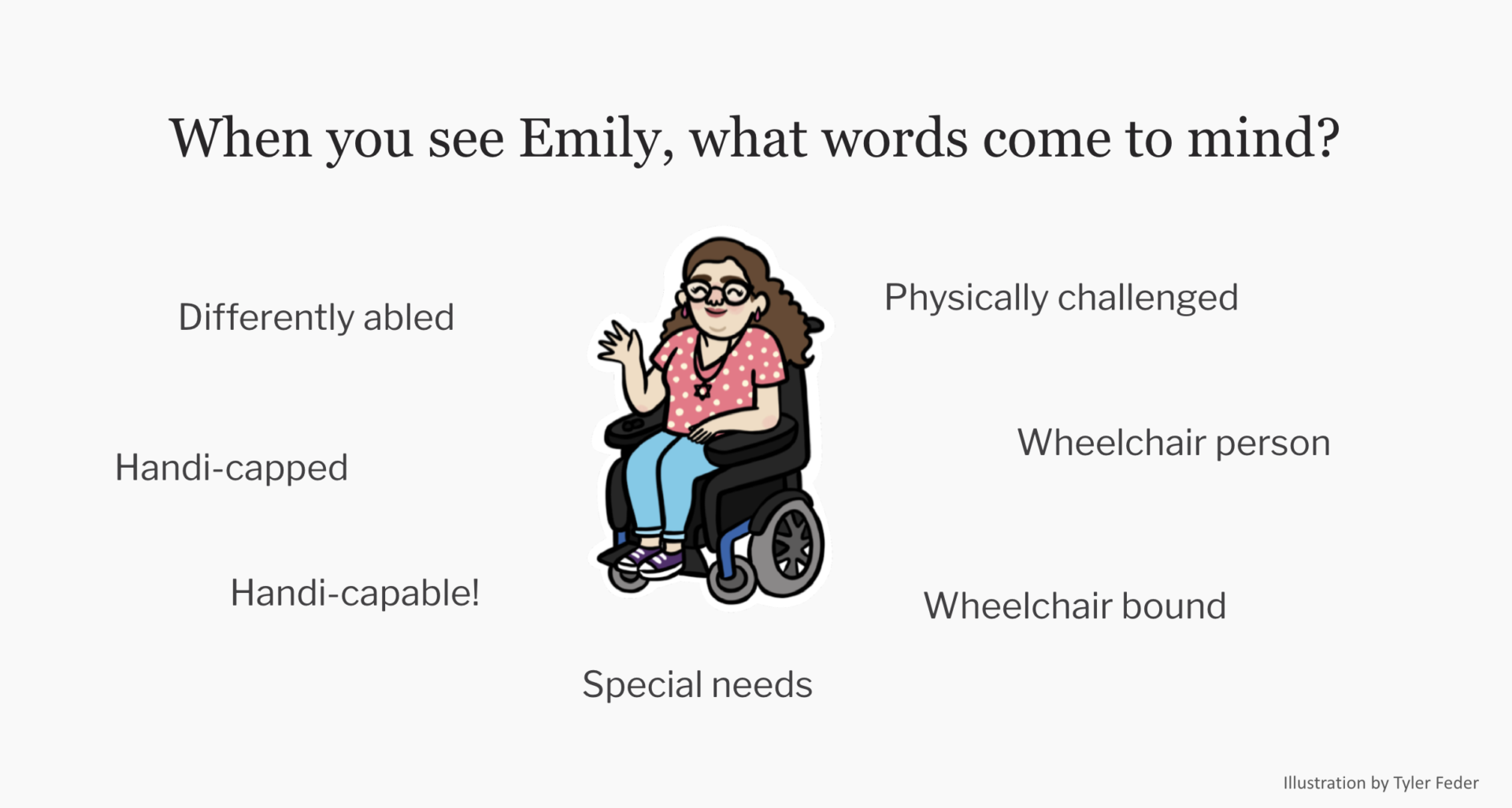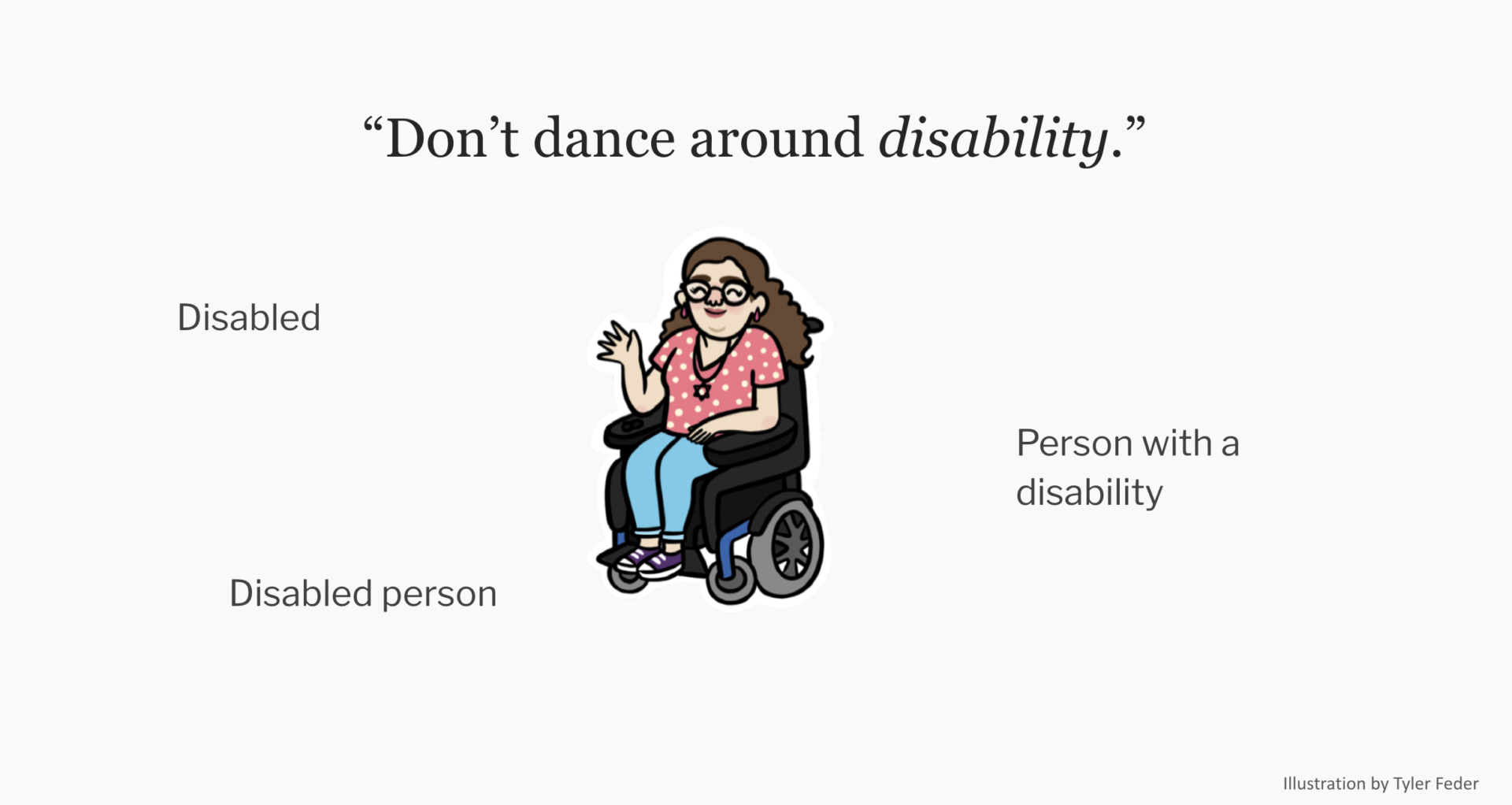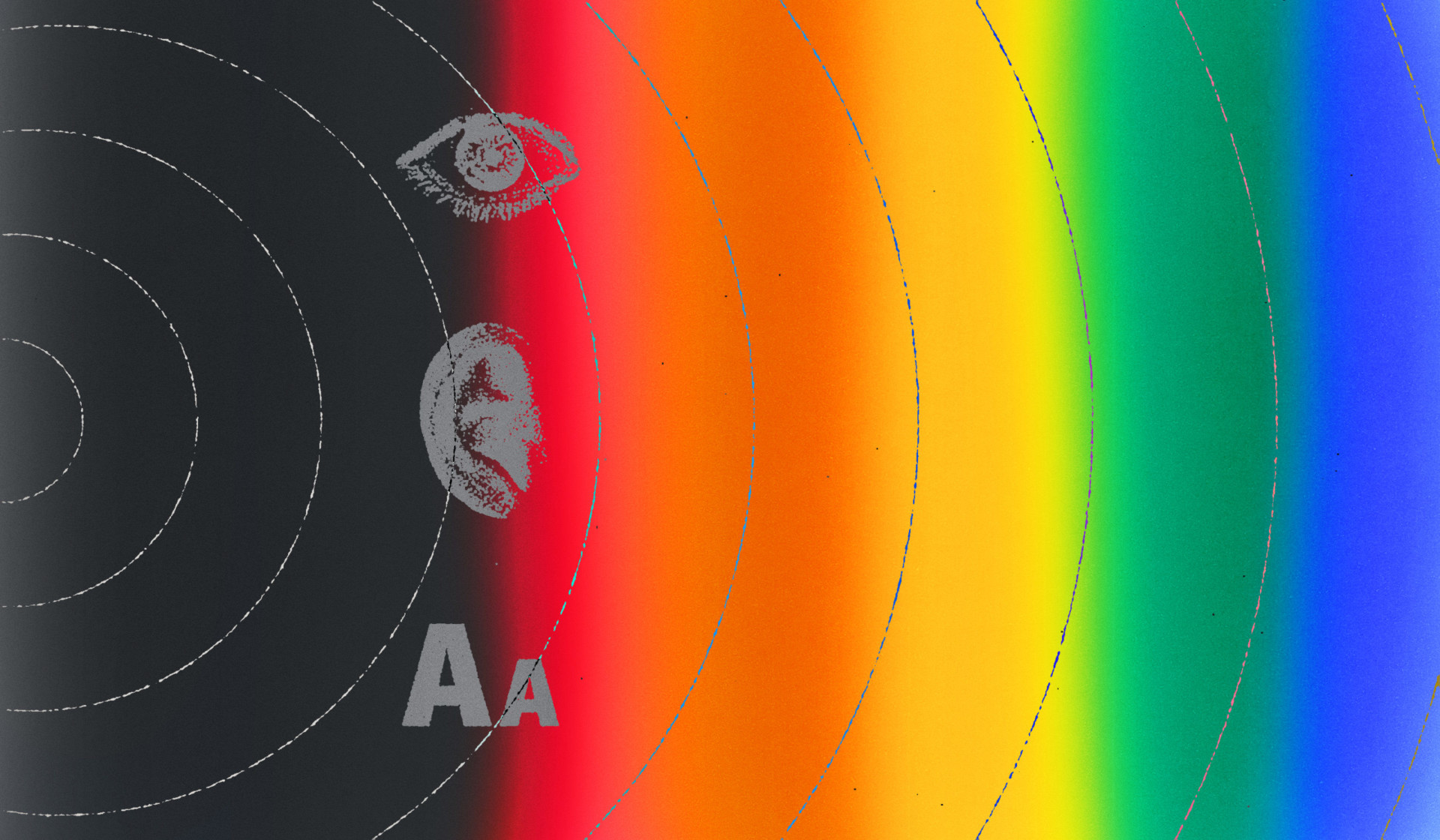In the learning world, we’re all motivated by the desire to inspire positive change and help people grow. That means we want to create learning experiences that serve all people, but our society is built in a way that creates barriers which disable people. That’s why design is so powerful: through design, we can create a more accessible world.
Accessibility (sometimes abbreviated as a11y, which is shorthand for the 11 letters between the “a” and the “y”) is a complex topic, and you might be unsure about where to turn to start learning more. At Maestro, we’re working on adopting an accessible mindset for our work and along the way, we’ve encountered many great resources for building empathy, often from the voices of disabled people who are activists, storytellers, and changemakers.
The more we learn about the needs of all learners, the better equipped we are to deliver learning that truly offers the support they need. We like to use self-learning resources like Ted Talks, books, podcasts, and even social media to gain knowledge around disability and connect with those who choose to share their perspectives. If you’re looking for resources to inspire your own self-learning, here are five empathy-building resources to kickstart your journey.
1. “Demystifying Disability: What to Know, What to Say, and How to be an Ally”
Book: Emily Ladau
Have questions about disability etiquette? You’re not alone, and this book answers many of the most common questions. It inspired our team to participate in a quick thought exercise around disability and language. Let’s try it out. When you see Emily, what words come to mind?

According to disability rights activist and writer Emily Ladau, none of these words are necessarily appropriate to use when referring to someone who uses a wheelchair or has a physical disability, but they are all words she has heard used to describe her.

More appropriate options would be to say she is a disabled person, or a person with a disability. But while these are both considered appropriate options to refer to Ladau, these two labels are not always interchangeable for everyone. What’s most important to remember is that it all comes down to individual preference.
In her book “Demystifying Disability,” Ladau offers an approachable guide for becoming a more informed and proactive ally to the disabled community. In her book, you’ll find answers to the questions you have about the complex world of disability as well as tools to improve your understanding and combat ableism. Topics include the history of disability, understanding disability as part of the whole person, and disability etiquette 101. You can buy the printed, digital, and audio versions of Ladau’s book here.
2. “I’m Not Your Inspiration, Thank You Very Much”
TEDx Talk: Stella Young
The late comedian, writer, and advocate Stella Young wanted to live in a world where disability isn’t the exception, but the norm. In her popular TEDx Talk, Young challenges society’s habit of objectifying disabled people for the benefit of nondisabled people and invites viewers to imagine a more accessible world. The low expectations we often hold for what disabled people can accomplish—Young recalls being praised for remembering her own name—reflects a world that responds poorly to disabilities.
Tune in to Young’s light-hearted, thought-provoking talk to hear her personal story and learn about the social model of disability, which asserts that we are more disabled by the society that we live in than by our bodies and our diagnoses.
3. Making the World’s Software More Accessible
Design tools: Stark
Stark’s suite of tools live in your design and development software to make your work more accessible and compliant. Stark’s tools integrate into products like Figma, Sketch, and Adobe XD—for example, we use Stark’s contrast checker plug-in when we work in Figma.
We’re already a fan of their tools, but Stark also creates and shares helpful resources, including accessibility stories, resources, and guides. The more you expose yourself to smart resources around accessibility, the easier it gets to design with accessibility in mind.
Looking for answers to some of the accessibility questions you’re most curious about? Check out Stark’s blog for straightforward explainers on common a11y topics—we bookmarked this article on accessible contrast ratios. There’s also Stark’s Public Library of accessibility resources and guides, like this collection of tips and tricks for inclusive social media. And If you’re looking for a deeper dive, browse Stark’s webinars for tutorial-style learning. One of our favorites: a session on creating an inclusive illustration system with Aldo de la Paz and Stark’s CEO Cat Noone.
4. “13 Letters”
Podcast: By My Eyes
Whether you’re accessibility-curious or already a pro, the 13 Letters podcast from By My Eyes offers a wealth of knowledge on universal design, ADA, inclusivity, and digital a11y best practices.
Tune in for a diverse range of accessibility perspectives from industry leaders who are working every day to build a more accessible world. Recent episodes dive into how Spectrum is making television more accessible (it’s about more than closed captions!) and what it really takes to embrace inclusive design methods.
Here are a few episodes to start with that our team loved:
- Who Invented VoiceOver? – A two-part series on the rise of Apple as an accessibility leader in Silicon Valley
- Branding Accessibility – The head of accessibility at Google is on a mission to stitch accessibility into mainstream consciousness
- Perfect Mismatch – A close look at inclusive design and what we can learn from examining acts of exclusion
5. Disability Reframed
Instagram: Ashley Harris Whaley
For those of us regularly browsing Instagram, why not fill your feed with posts that inspire an accessibility mindset? Ashley Harris Whaley is the writer and disability educator behind the popular Disability Reframed Instagram account, which is an online learning community dedicated to reeducating ourselves on disability. Whaley’s on a mission to dismantle and rebuild decades-old attitudes towards disability, disabled lives, and disabled people. If you love direct, bite-sized, and actionable learning in your IG feed, this account is for you. Posts like this and this will have you excited to learn more.
Looking for more disability education accounts to follow? We also love Tilting the Lens, Lucy Trieshmann of @disabledinjustice, and Alice Wong of @disability_visibility. These links will take you to Instagram pages, but you can find some of these accounts—and many others—on other social networks, too.
Empathy leads to action
Self-learning is a proactive action that empowers us to shift our perspectives and practices to align with a more accessible future. Empathy is the first step, and it’s critical—but it can’t stop there.
What’s one thing you can start doing right away to make your work more accessible? Our goal is to put empathy into action by making our learning experiences enjoyable and accessible for all users.
Want to create accessible courses in Rise?
Download our guide of accessible components in Rise to help you make AA compliant learning.
Read more→
